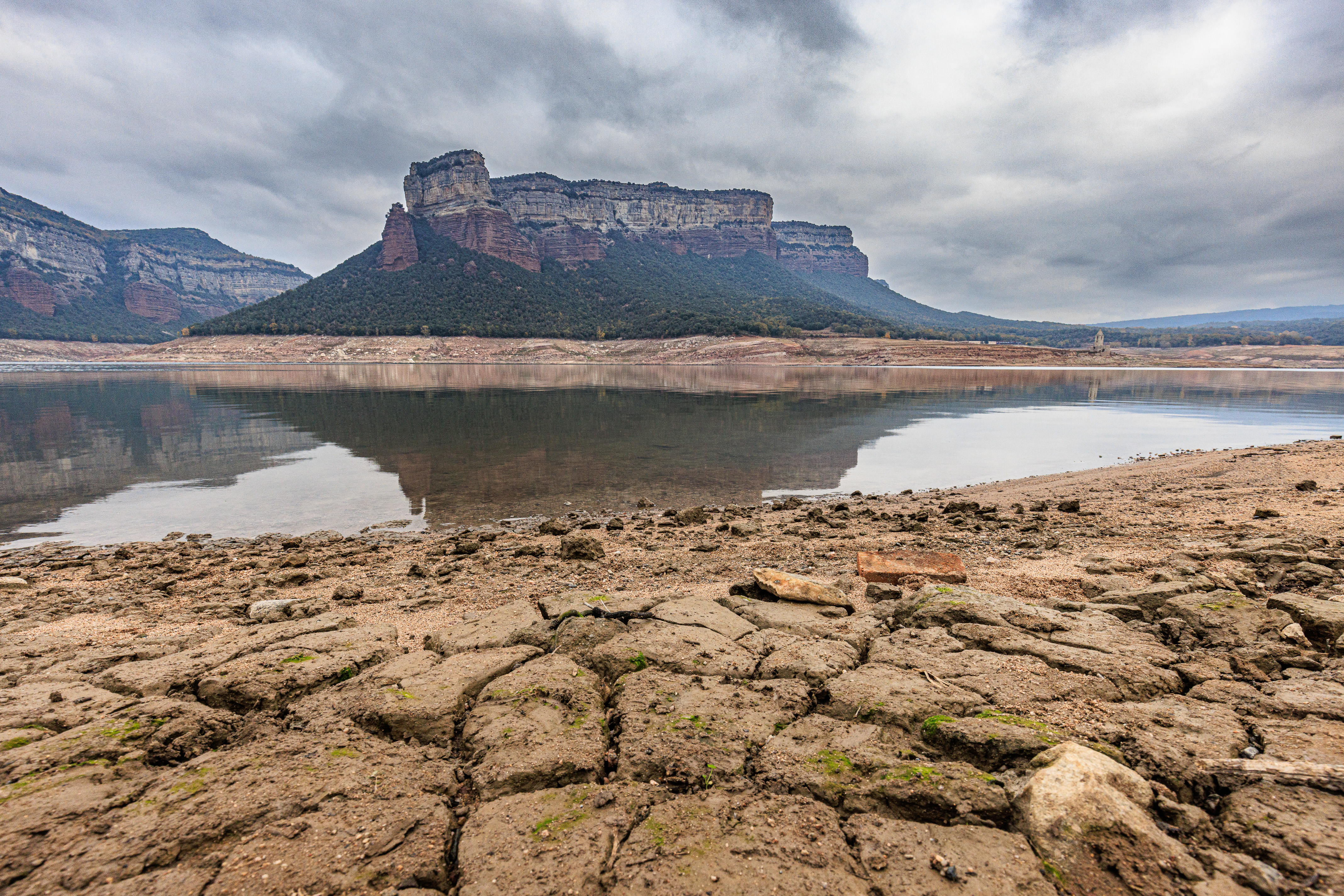PHOTOS: Sau reservoir at 45% capacity after recent rains limiting access to 11th century church
Visitors are to pay a daily parking fee to access the site until mid-September
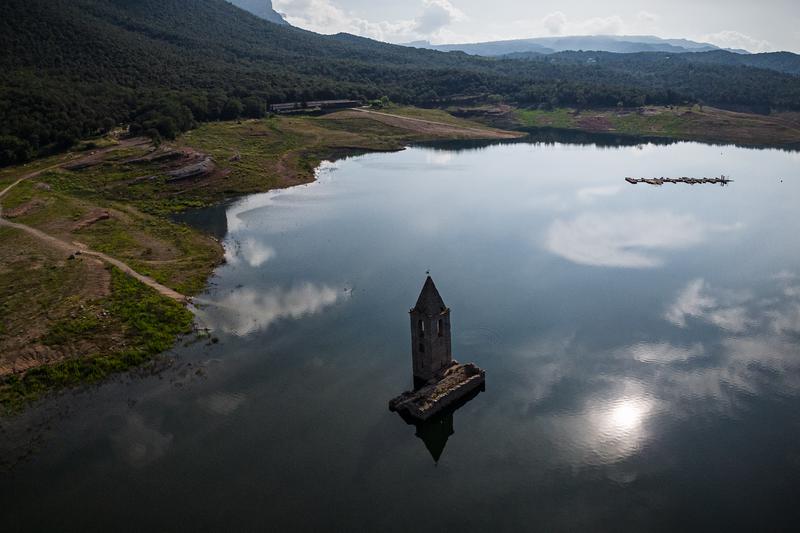
The Sau reservoir in inland Catalonia has seen exponential growth in recent weeks due to recent rain. The reservoir is at 45% of its capacity, compared to 4.7% four months ago.
While it was possible to walk to the 11th century Sant Romà de Sau church in January, it is not reachable by foot in late June.
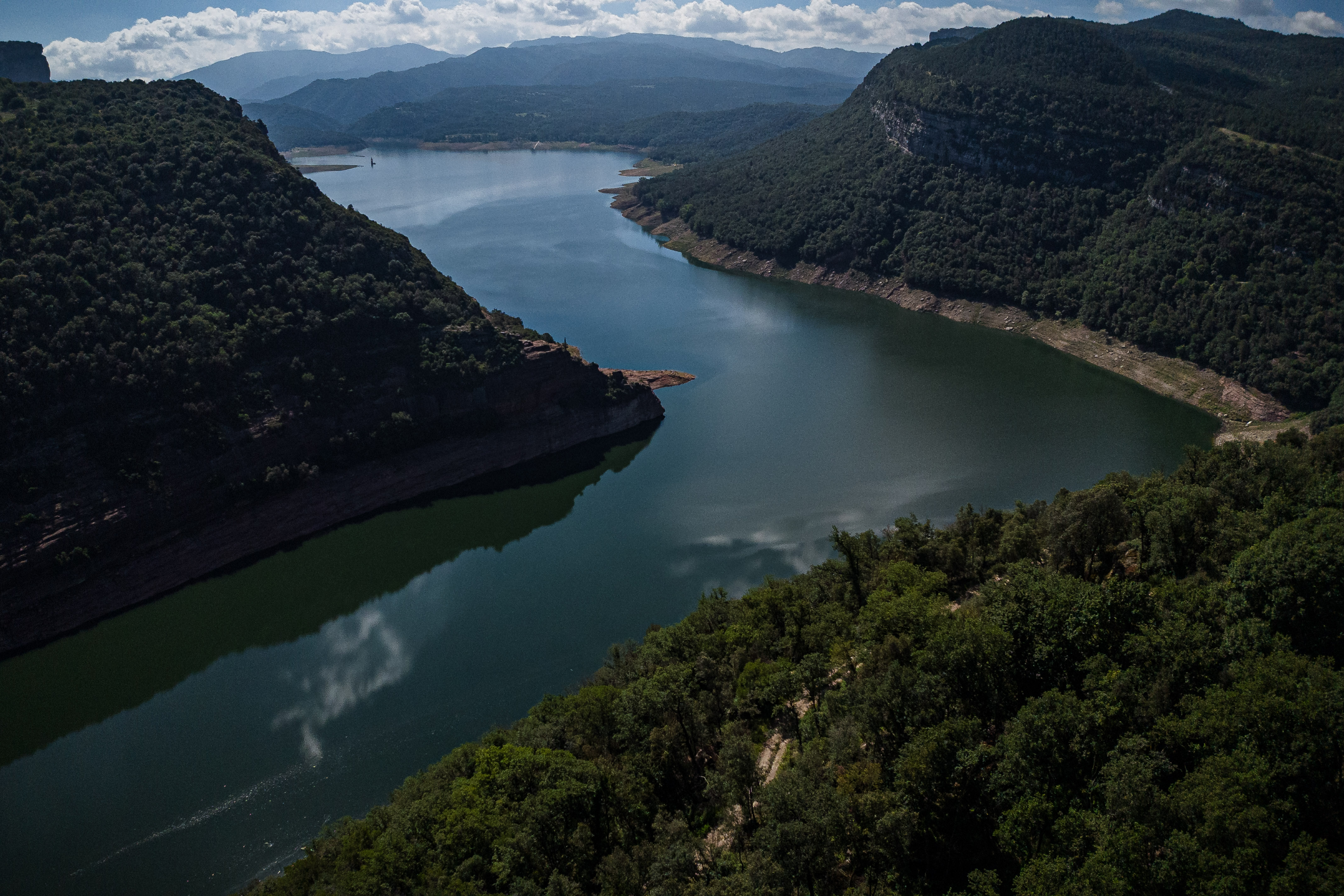
The reservoir has 75.53 cubic hectometers of water, compared to 7.83 hm3 before recent rains. The site's full capacity is 165.26 cubic hectometers.
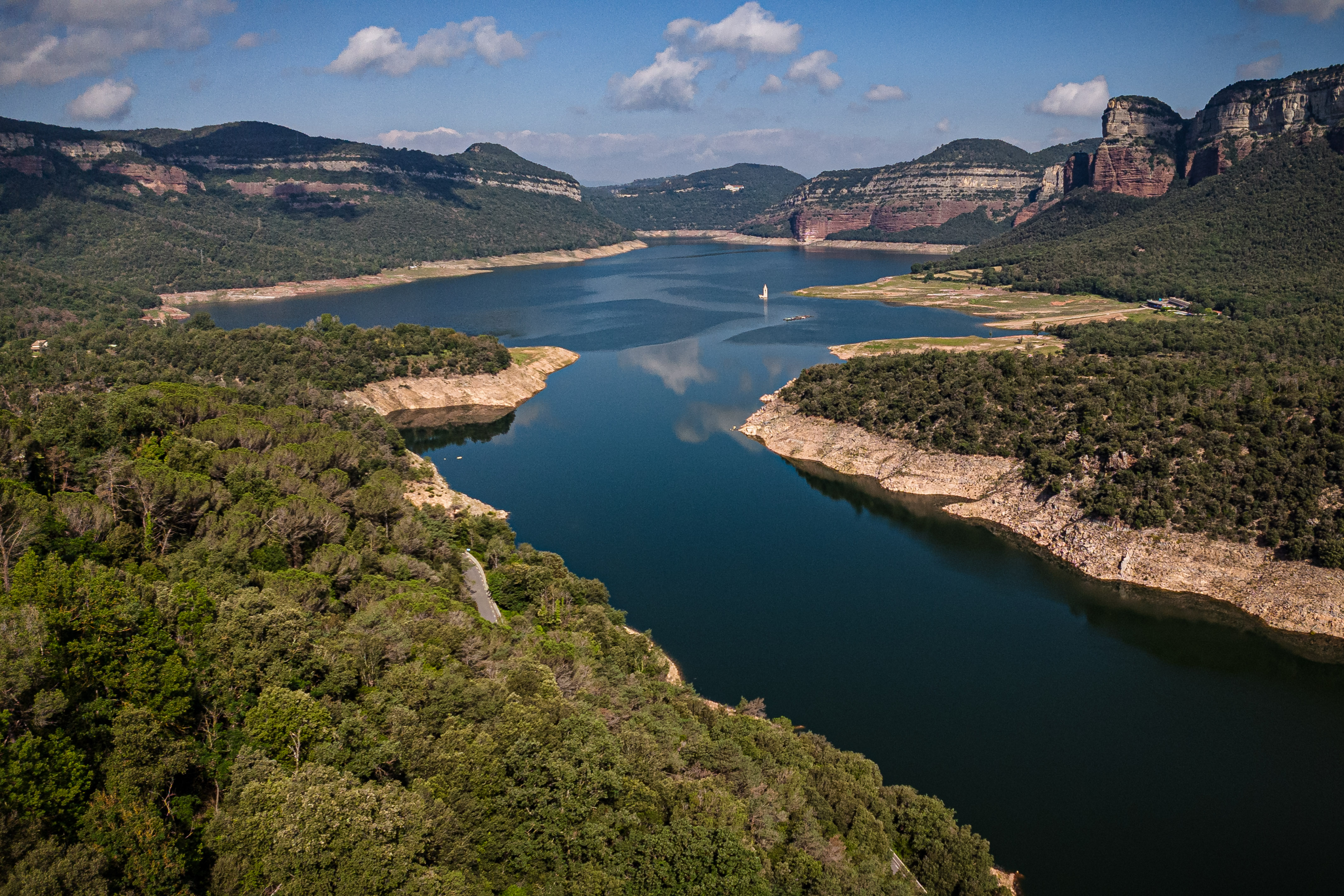
One of the most astonishing views during the heaviest months of the ongoing drought was when several buildings of the old Vilanova de Sau town were visible. The municipality drowned in 1949 when the new reservoir was being constructed. One such building was an 18th century cannonball factory, which emerged from the dry reservoir.
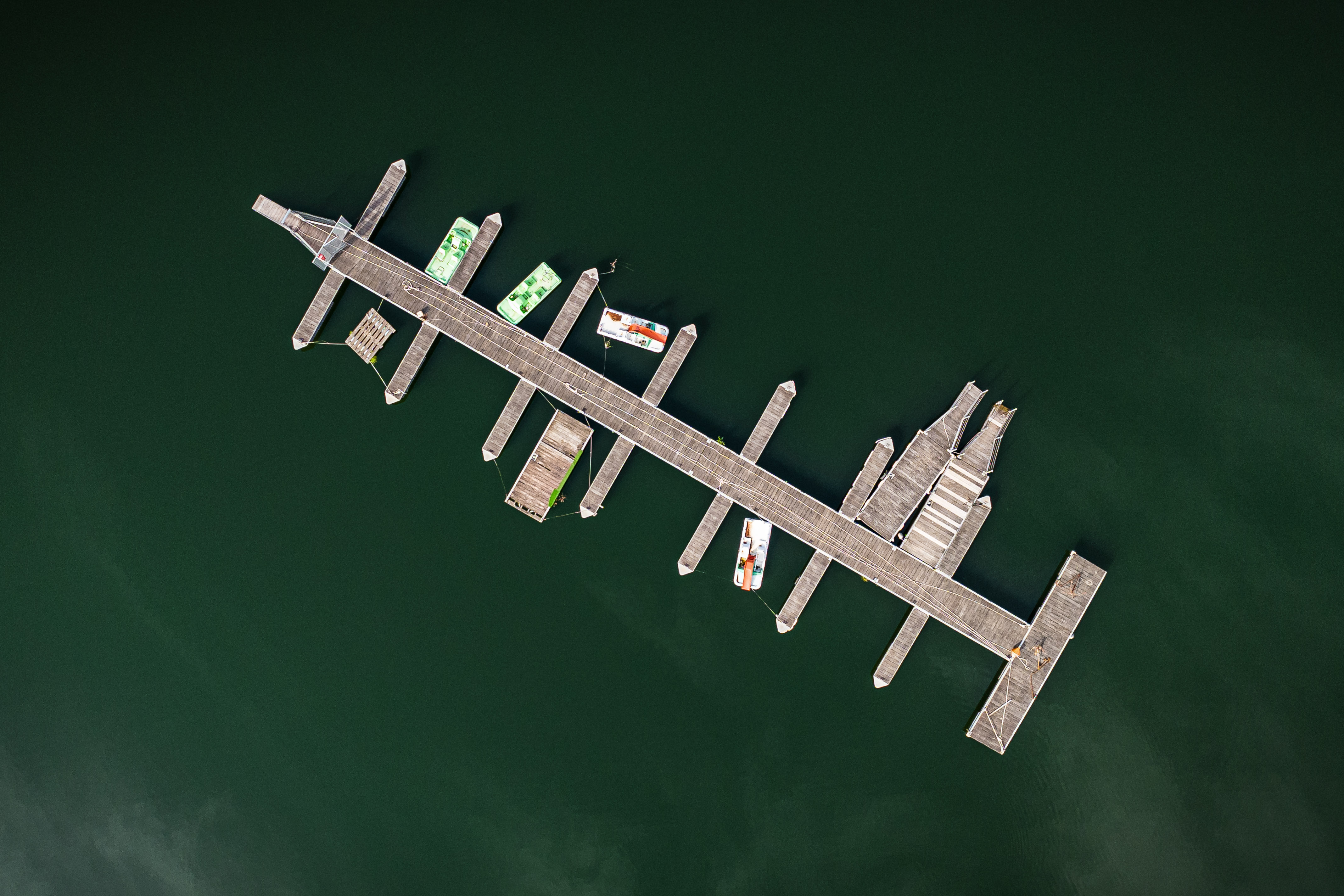
Visitors continue to flock
The water increase has not stopped the number of visitors to the Sau reservoir seen in recent months.
In fact, since Saturday, it has been required to book a parking spot to regulate the number of vehicles reaching the site. During the first morning, tickets did not sell out, as authorities expected "a peaceful day," as Sònia Llobet, director of the natural park, said to the Catalan News Agency (ACN).
Many of the visitors were unaware they needed to pay €5 per day per car and €2 per motorcycle.
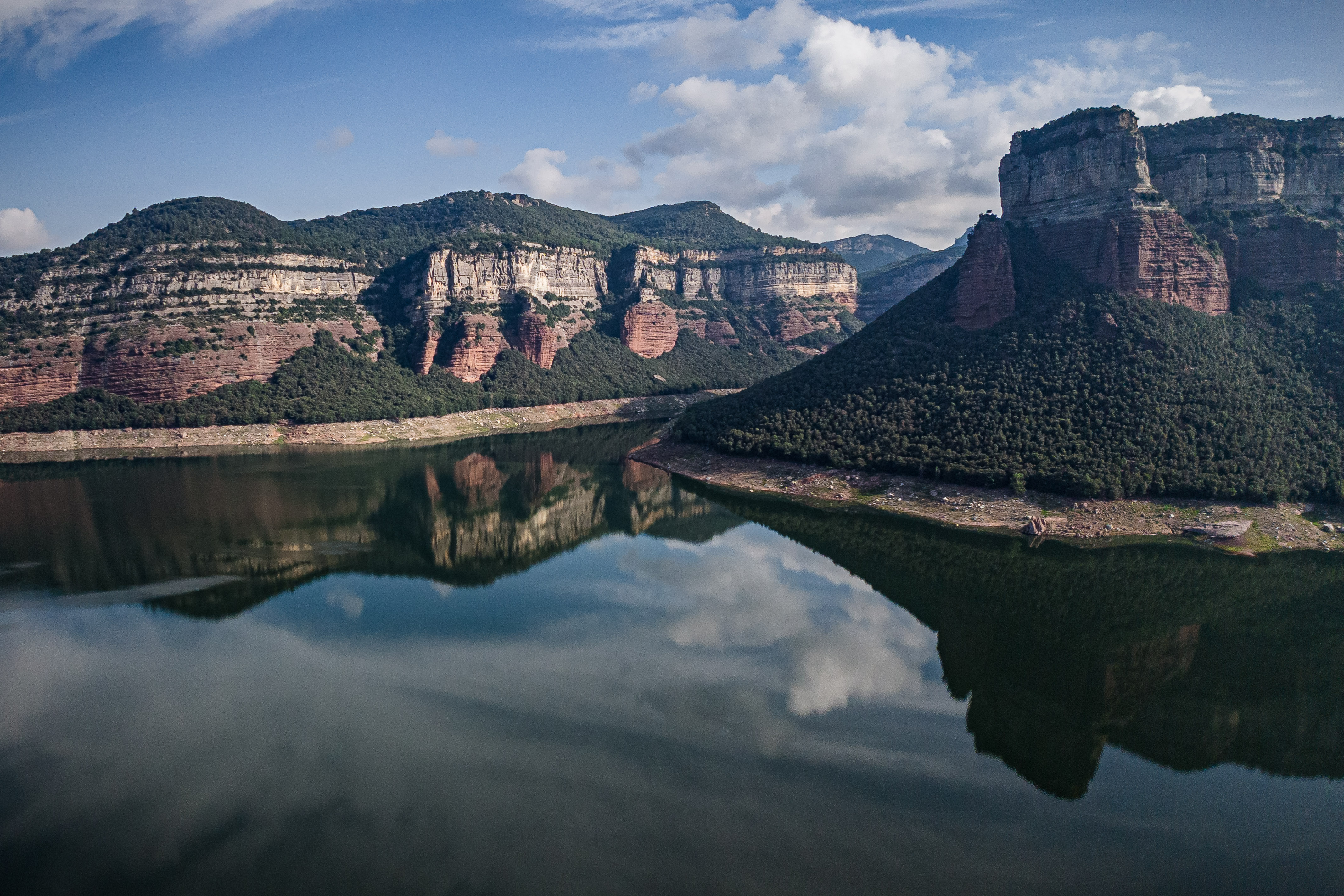
"I think it is a good idea if this helps to protect the area and avoid overcrowding the site," Mar, a Sant Antoni de Vilamajor resident, said. However, David from the town of Ripollet considered it too expensive: "If it were €2, I would understand it, but if this is the way to protect the natural park."
He traveled with his son Arnau to see the reservoir at half of its capacity and was planning to spend around an hour there.
Booking will be required until September 11.
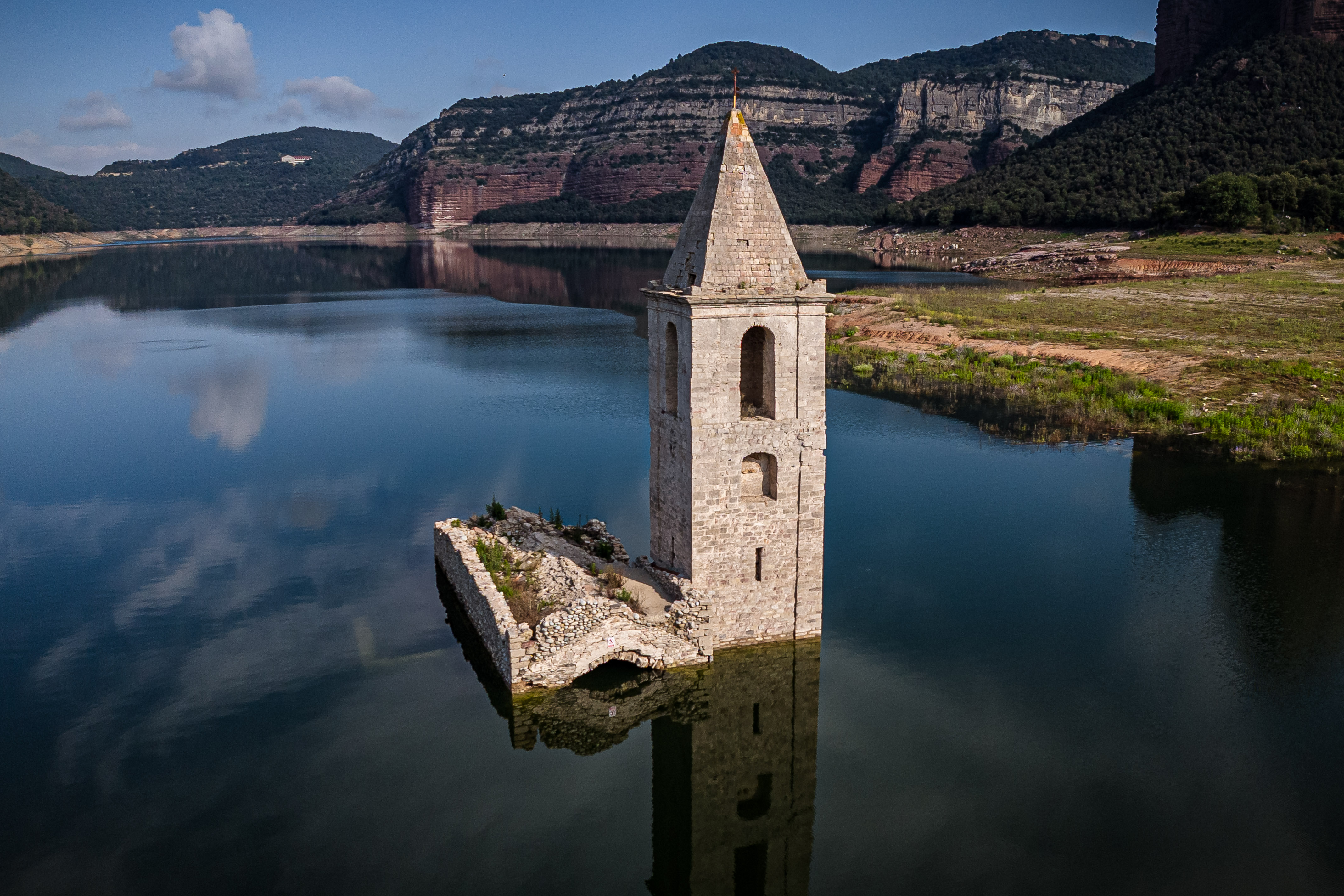
Fewer water restrictions
In April, the reservoirs were at 16.4% of their capacity and have now risen to 38.5%.
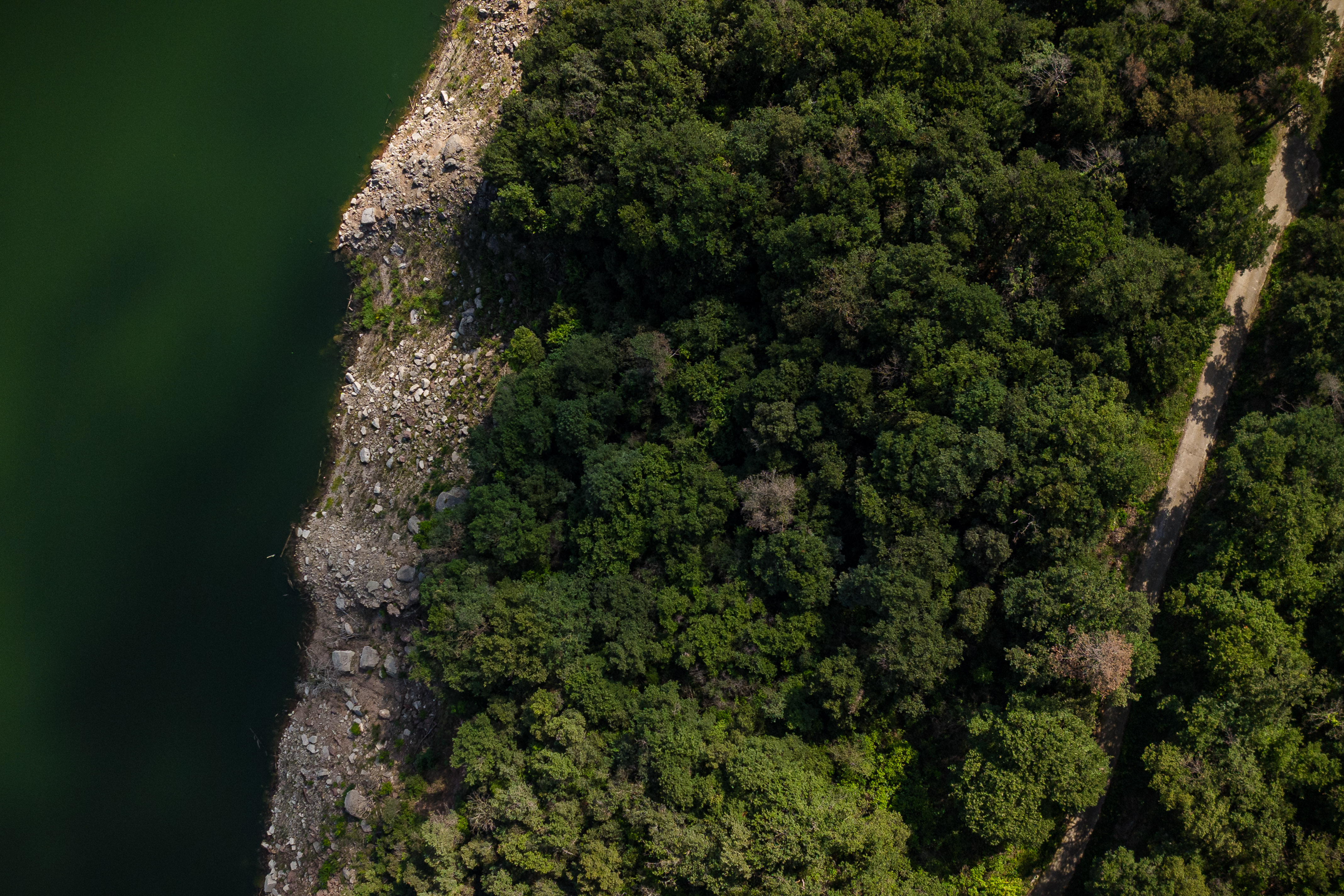
As a result, the Catalan government decided to lift several water restrictions for people living in the Ter-Llobregat area, which includes Barcelona and its metropolitan region.
The state of emergency has been downgraded from 'exceptional' to 'alert,' a situation not seen since November 2022.
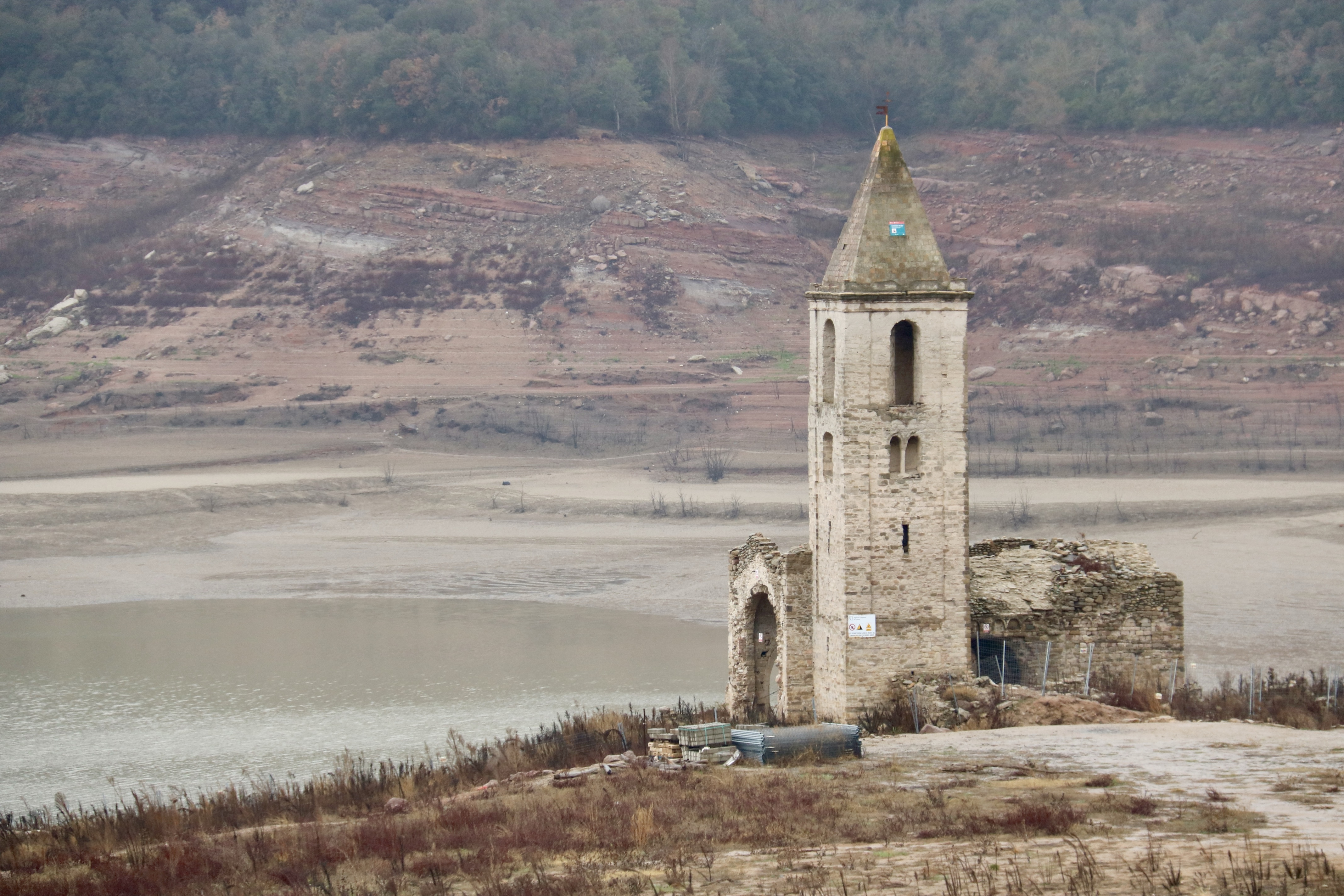
With the return to the alert status, the daily water limit per person will increase from 230 to 250 liters.
The new status also eases restrictions on water use for agriculture and farming, as well as industrial and recreational water use.
